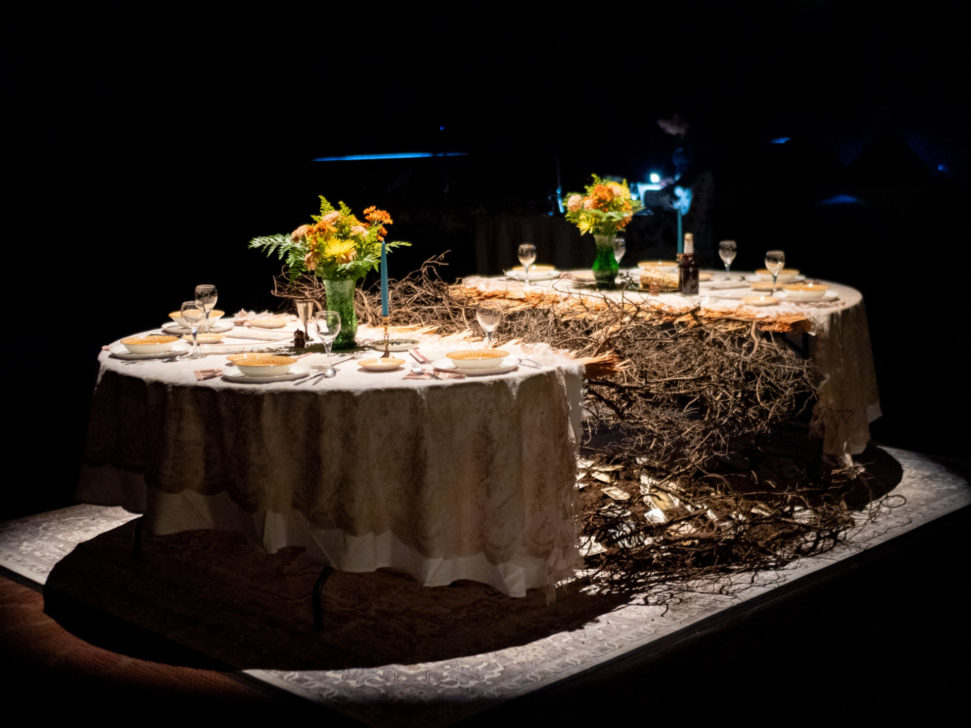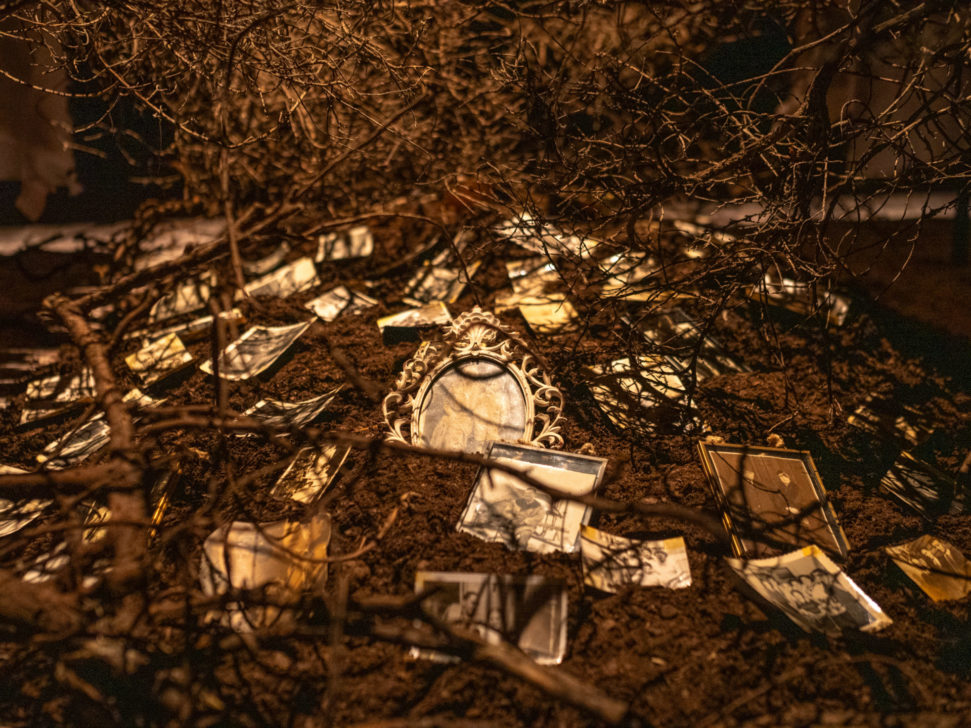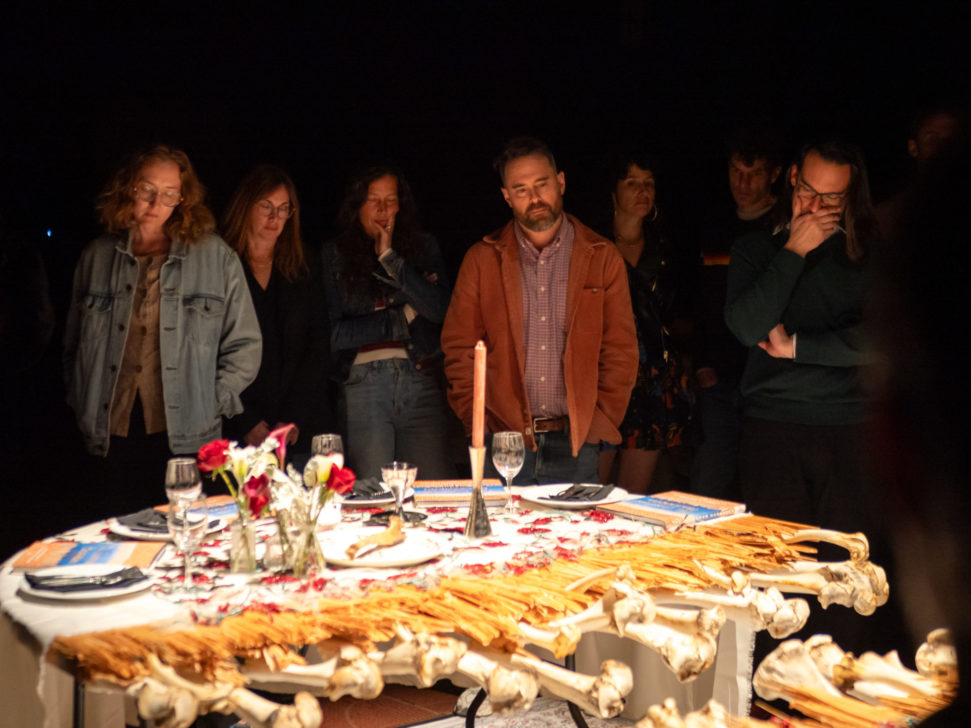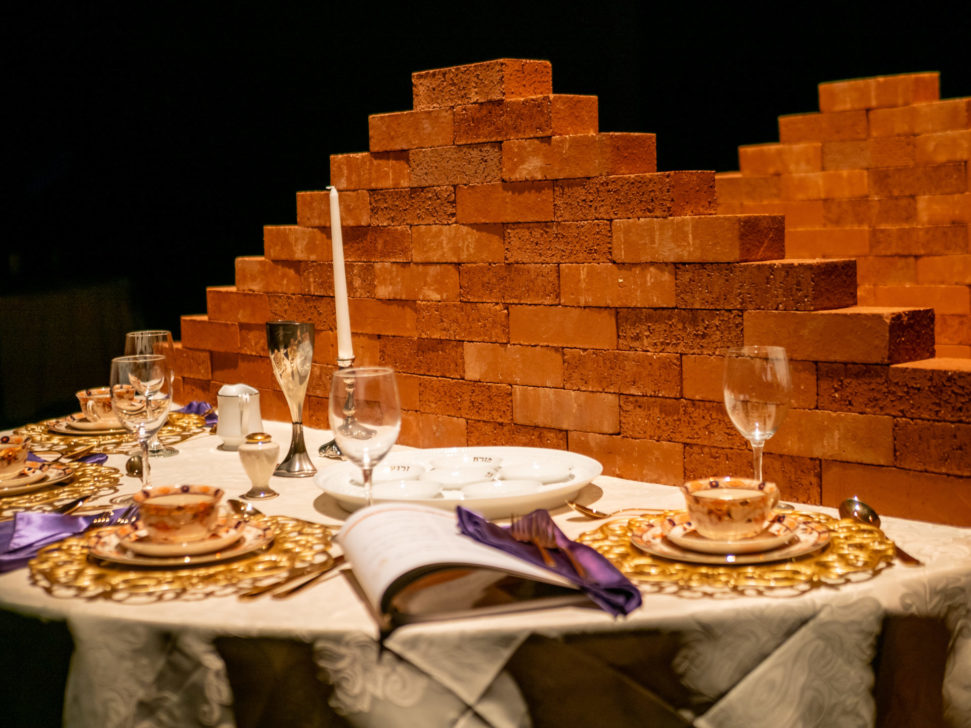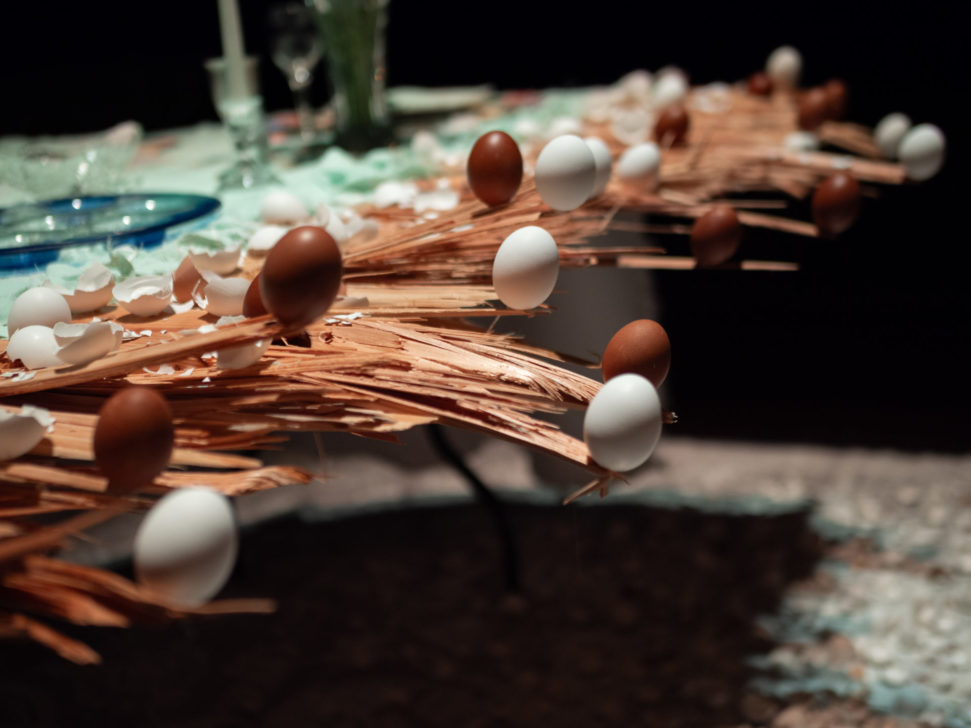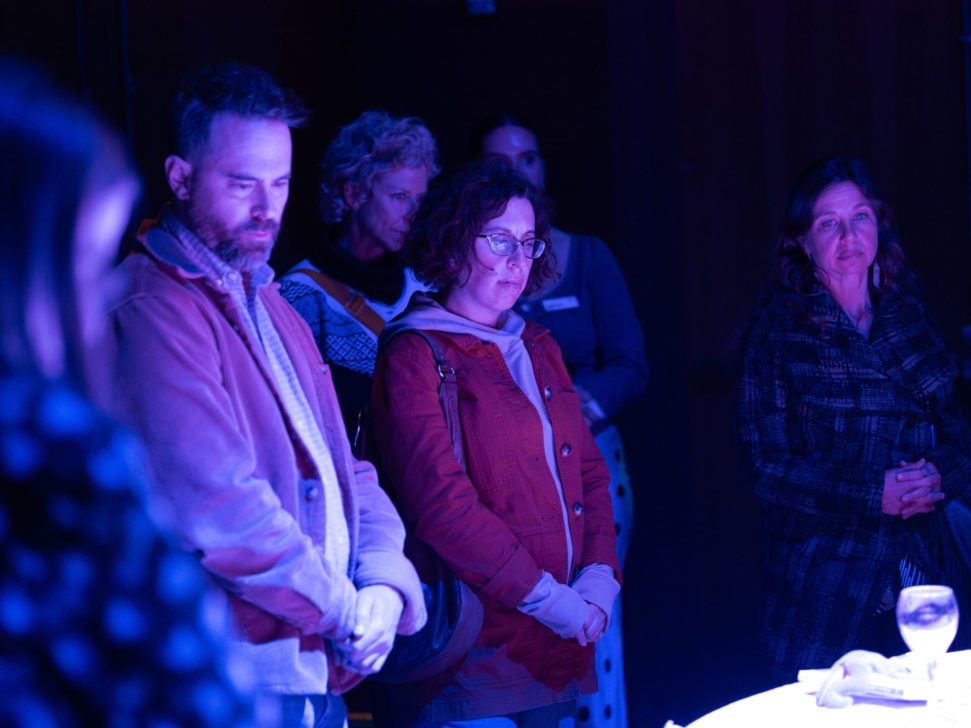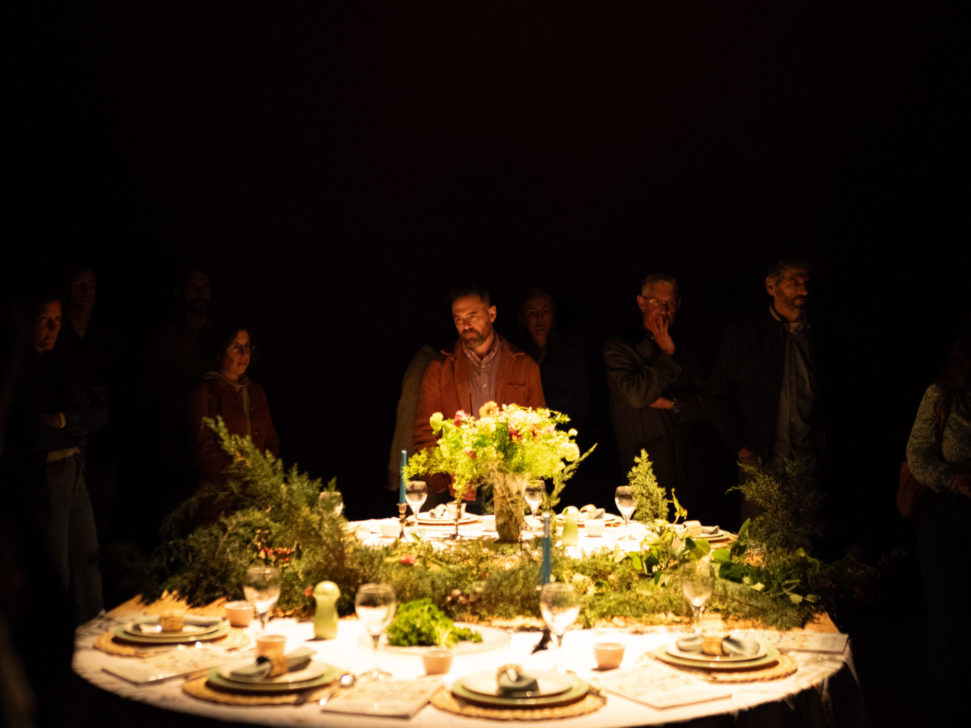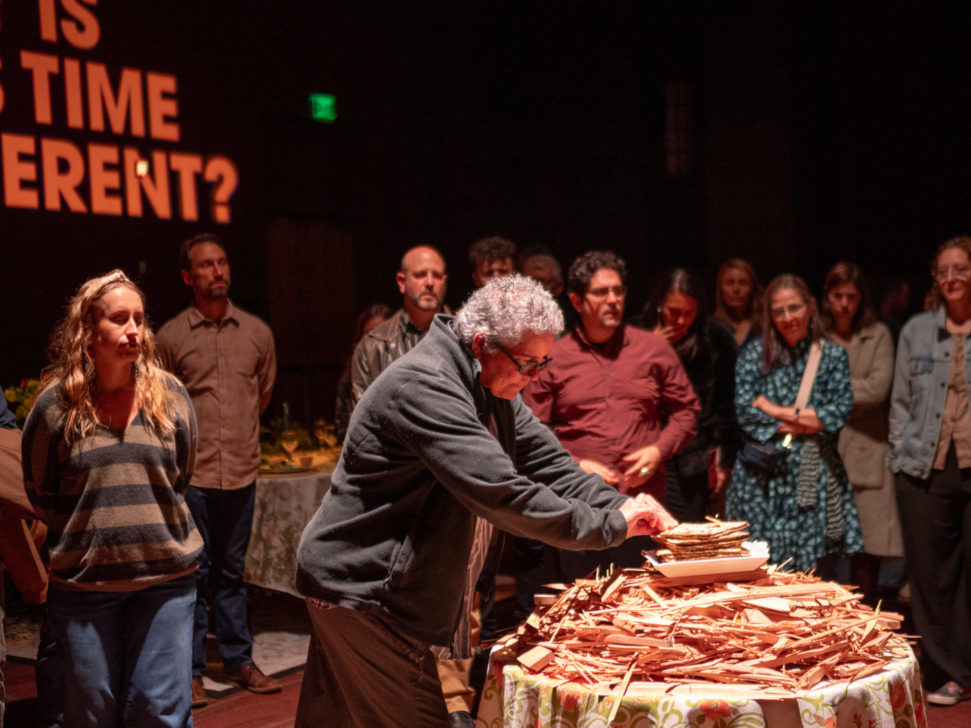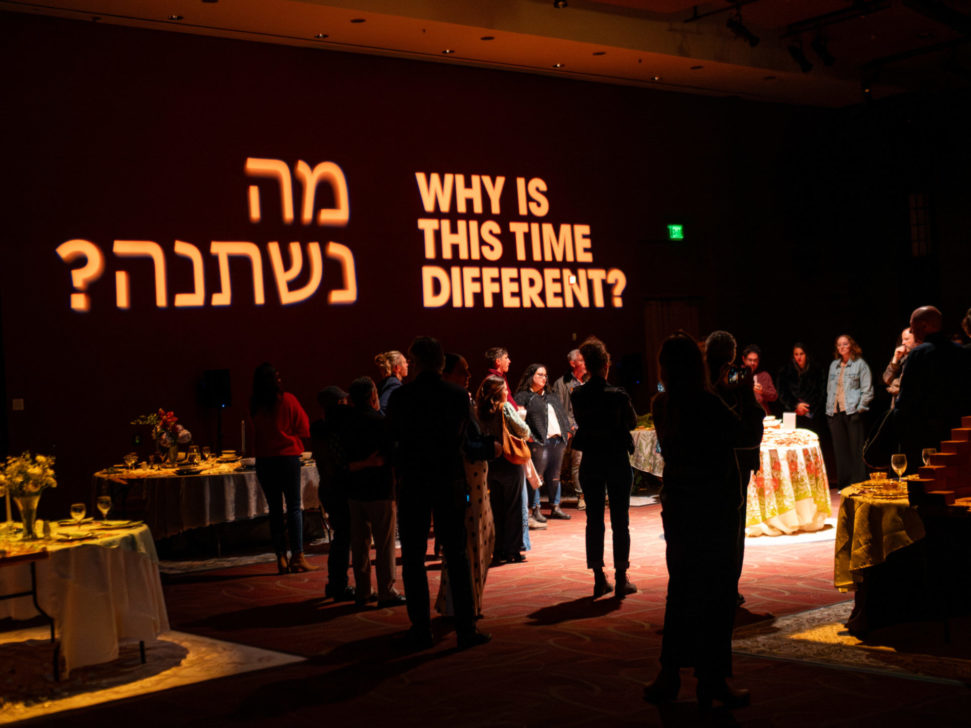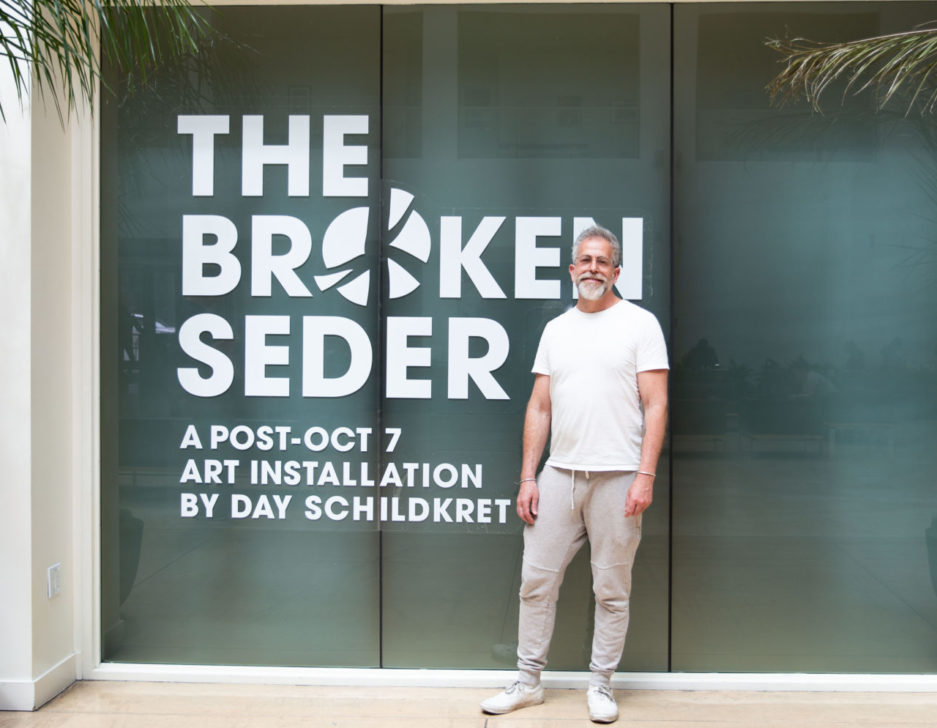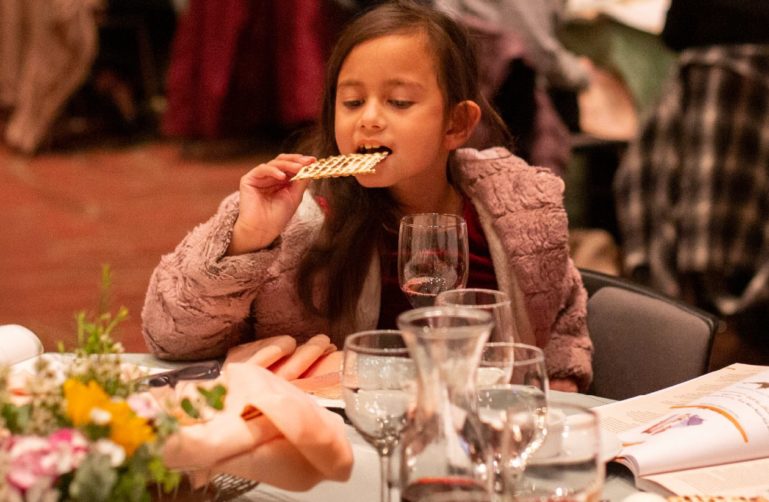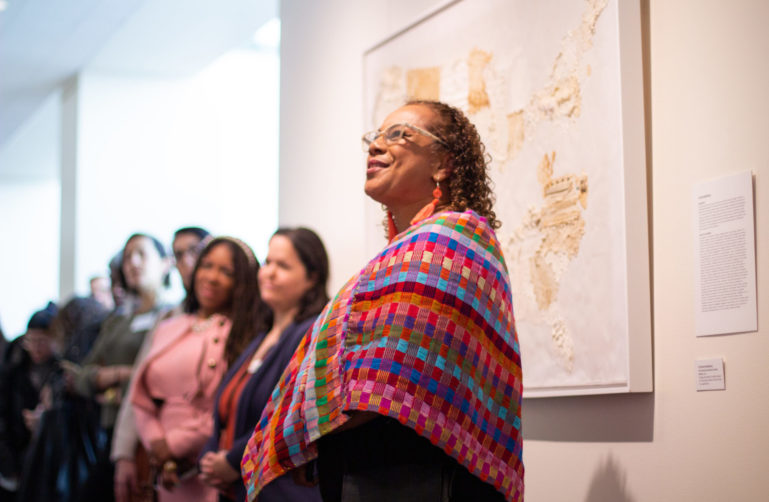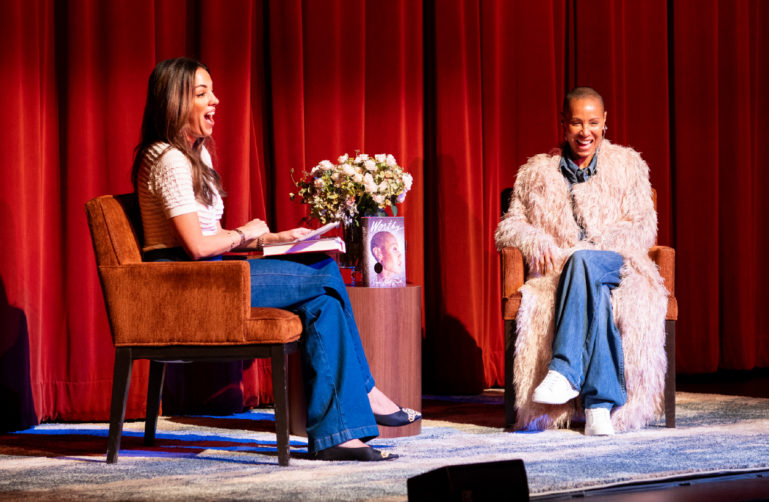The Broken Seder: A Post-Oct 7 Art Installation
Artist Day Schildkret reimagines the Passover Seder plate as an organic, immersive multimedia experience – featuring evocative tablescapes that explore the brokenness, grief, resilience and renewal of Jewish identity amid rising antisemitism. Exclusive to the JCCSF.
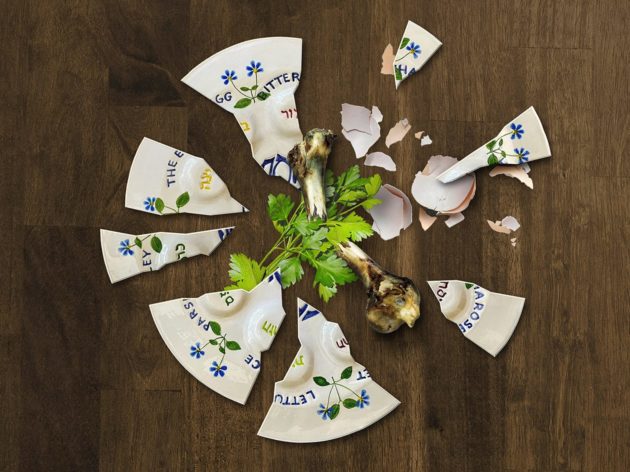
Created by Day Schildkret
The installation is free and open to the public from Thursday, April 3 – Sunday, April 6. Registration for specific visiting times is required.
Passover has always been about gathering, storytelling, and asking: “What makes this night different?” Last year, Day Schildkret’s seder table cracked wide open. What was meant to unite instead erupted into grief, anger and division over Israel, Palestine and our sense of safety as Jews. The ritual became a rupture, revealing deep fractures – political, personal, spiritual and generational.
From that rupture emerged The Broken Seder, an immersive art installation that reimagines different seder tables using ritual objects, soundscapes and lighting, as an invitation to profoundly reflect on brokenness and wholeness, exploring the raw emotional landscape of contemporary Jewish life – exposed yet resilient, protective yet hopeful.
The installation is recommended for teens (B’Mitzvah and older) and adults.
A Haggadah Supplement for Reflection & Ritual
This companion piece to The Broken Seder extends its themes into your own Passover gathering. Through a reimagined Afikomen ritual, it invites participants to engage with the tension between what is broken and what can be restored. Inspired by the core symbolism of Yachatz, the breaking of the middle matzah, this supplement encourages reflection, discussion, and action, making space for both personal and communal transformation. As you turn these pages, we invite you to open not just this text, but your heart – to break, to reflect, to repair and move toward wholeness.
About the Artist
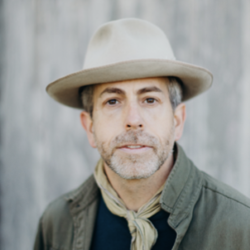 Day Schildkret is internationally renowned as the author, artist and teacher behind the Morning Altars movement, inspiring tens of thousands of people to make life more beautiful and meaningful through ritual, nature and art. A North Bay resident, Schildkret is an award-winning Jewish queer author, artist, ritualist and teacher. He is the author of two acclaimed books, Hello, Goodbye: 75 Rituals for Times of Loss, Celebration, and Change and Morning Altars: A 7-Step Practice to Nourish Your Spirit through Nature, Art, and Ritual, both of which have redefined how people think about ritual and resilience in modern life.
Day Schildkret is internationally renowned as the author, artist and teacher behind the Morning Altars movement, inspiring tens of thousands of people to make life more beautiful and meaningful through ritual, nature and art. A North Bay resident, Schildkret is an award-winning Jewish queer author, artist, ritualist and teacher. He is the author of two acclaimed books, Hello, Goodbye: 75 Rituals for Times of Loss, Celebration, and Change and Morning Altars: A 7-Step Practice to Nourish Your Spirit through Nature, Art, and Ritual, both of which have redefined how people think about ritual and resilience in modern life.
About Passover
Passover invites us to reimagine what freedom must mean through storytelling, sharing meals and asking big questions about our world. One anchor tradition of the holiday is the Passover Seder. During the Passover Seder, the retelling of the story of the Israelites’ liberation from slavery in Egypt is transformed into an interactive and interpretive experience. The Haggadah, a Jewish guidebook, contains the order, instructions and readings to create a flow of rituals and traditions to help participants engage with the ancient stories and understand their significance. The seder is a cornucopia filled with stories, metaphors, ancient texts, jokes, songs and archetypes. Combining elements of spiritual, historical and cultural dialectic, the seder encourages intergenerational conversation, and also features a symbolic feast centered around the ritual items on the Seder Plate: Egg, Bitter Herbs, Leafy Greens, Charoset, Roasted Shank Bone, Salt Water and Matzah.
Community Partners & Contributing Artists
Thank you!
Community Partners
Jewish Community Library
Jewish Studio Project
LABA Bay
Mitsui Collective
Repair the World
Contributing Artists
Forest Reid, Sound Designer
Hannah Pozen, Tablescapes
Lorenn Kassel, Floral Arrangements
Eytan Navah, Landscape Architecture
Michael Cutburth, Woodworking
JCCSF Production Team, Lighting Design
Ritual items and table settings contributed by JCCSF Staff and Community Members.
Thank you to our Generous Funders
The Broken Seder is supported by the Creative Work Fund, a renowned grant program that is celebrated for its excellence and known for artworks that embody cultural richness, diversity and belonging. The program celebrates the role of artists as problem solvers and the making of art as a profound contribution to artistic innovation that strengthens communities. The Creative Work Fund is a program of the Walter and Elise Haas Fund that also is supported by The William and Flora Hewlett Foundation.
